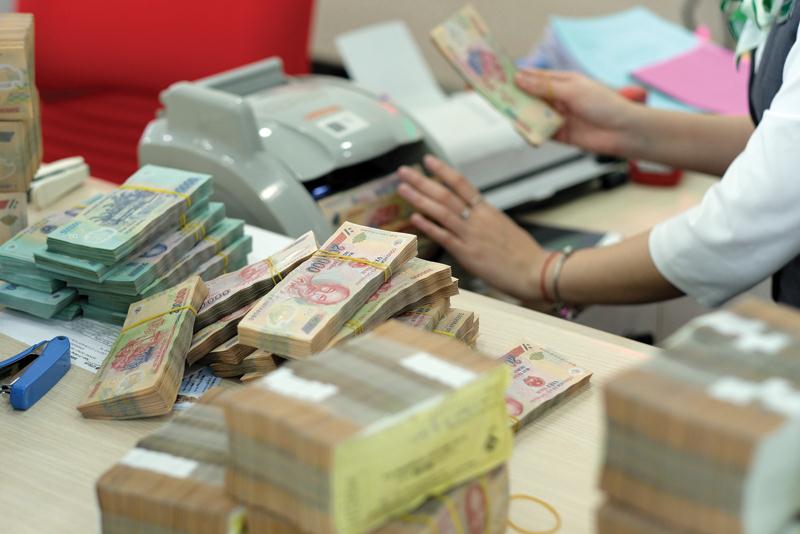 |
Implementing Basel III and removing credit room: Banks will be strongly differentiated
In the recently released Vietnam Banking Industry Focus Report for the first half of 2025: "From Growth to Improving Resilience - Capital Capacity Shapes Vietnam Banking Outlook", FiinRatings believes that credit growth in 2025 will be broad-based, but the upcoming growth momentum will be differentiated by capital capacity.
In the first half of 2025, system-wide credit will increase by about 10% compared to the end of 2024 and about 20% compared to the same period last year, bringing the total outstanding debt to about VND 17.2 quadrillion - the highest level in the past two years. The credit/GDP ratio continues to increase; according to official estimates, it will reach about 134% by the end of 2024, and FiinRatings estimates it will reach about 146% by the end of 2025.
The analysis team noted that from the end of 2025, capital requirements under Basel III standards and the removal of credit room will create an increasingly clear differentiation between banks. Banks with large scale and capital capacity will expand market share, while small banks need to regulate growth to balance capital, profits and asset quality.
Credit growth continues to outpace deposit growth, forcing banks to rely more on wholesale funding and bond issuance. In the first half of this year, bank bonds accounted for 76.3% of the total market issuance, equivalent to VND189,700 billion.
Funding costs in the first half of 2025 are controlled but have not decreased: deposits are stable, interbank interest rates are around 4%, while bank bond interest rates fluctuate around 6-7%/year. Large banks (State-owned banks and the top 4 private commercial banks) benefit from more stable deposits and good access to the bond market, while also benefiting from reduced mandatory provisions, helping to increase liquidity and reduce funding costs.
Meanwhile, smaller commercial banks face fierce competition for funding and higher wholesale funding costs, forcing them to extend funding maturities and closely manage their asset-liability balance (ALM) to comply with the 30% cap on short-term capital for medium- and long-term lending, while maintaining reasonable profit margins.
Small banks may have to put the brakes on credit to ensure capital safety.
According to FiinRatings, the banking system's temporary capital sources are strengthened thanks to the issuance of Tier 2 bonds, but pressure on core capital is increasing before Circular 14/2025/TT-NHNN takes effect. Specifically, Tier 1 capital still accounts for the majority of banks' capital structure, but the dependence on Tier 2 capital has increased since 2024, especially through bond issuance activities of state-owned banks and medium-sized joint stock commercial banks.
The industry-wide capital adequacy ratio (CAR) is generally stable, but there is a clear differentiation between banking groups. State-owned banks improved their CAR from about 9.2% in 2023 to 10.7% in the first half of 2025, mainly due to the issuance of Tier 2 bonds. In contrast, the Top 4 private commercial banks recorded a slight decrease in CAR to about 12.7% due to growth in risk assets exceeding the growth rate of capital, while other commercial banks maintained around 11%, reflecting similar growth pressure despite bond issuance activities.
According to FiinRatings, capital was temporarily strengthened by the issuance of Tier 2 bonds, but pressure on core capital increased before Circular 14 of the State Bank of Vietnam took effect. Circular 14 provides detailed regulations on core Tier 1 capital, Tier 1 capital and capital safety buffer, thereby tightening requirements on equity capital and retained earnings. This makes the single CAR indicator no longer fully reflect the capital capacity of the bank.
To balance credit growth and capital constraints, FiinRatings experts predict that banking groups will have different strategies.
Accordingly, state-owned banks are expected to focus on increasing core capital through profit retention and maintaining moderate credit growth; large joint stock commercial banks will combine profit retention and flexible issuance of tier 2 bonds to support selective growth.
However, small commercial banks may have to choose between issuing new shares or slowing down credit growth to ensure capital safety.
Banks' credit risk buffers are narrowing
FiinRatings' report shows that, compared to the peak in 2023, the problem debt ratio will gradually decrease in 2024 and the first half of 2025. The industry-wide non-performing loan (NPL) will be only approximately 1.9% in the first half of 2025 (compared to 2.2% in the same period in 2024), showing that the amount of potential NPL is narrowing.
However, the NPL coverage ratio has declined slightly and remains below its 2022 peak, reflecting that banks are relying more on debt write-offs and collections, rather than simply increasing provisioning.
As debt restructuring policies gradually expire, some loans may turn into Special Mentioned Loans (SML) or Non-Performing Loans (NPL). This risk is more concentrated in small-sized commercial banks with thinner capital buffers.
In addition, FiinRatings analysts also said that capital and profitability indicators generally declined across most banking groups. Even in banks with high credit capacity, bad debt coverage ratios and credit risk provisioning ratios also decreased.
"This shows that the credit risk buffer is narrowing in the face of asset quality pressure," the report said.
Source: https://baodautu.vn/bo-dem-chong-chiu-rui-ro-tin-dung-cua-cac-ngan-hang-dang-thu-hep-d411454.html








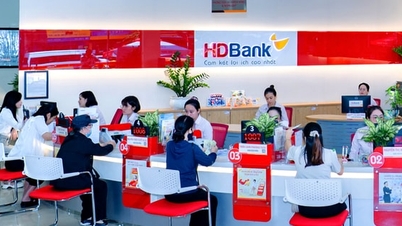

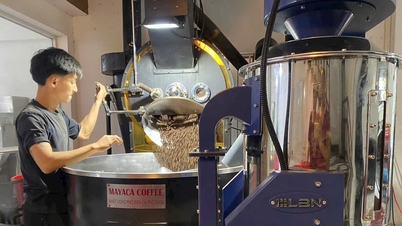

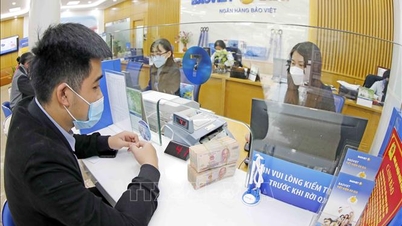




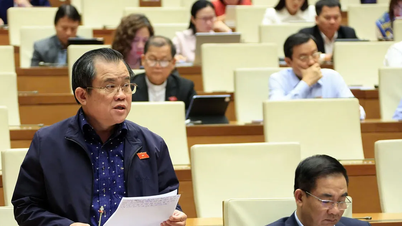





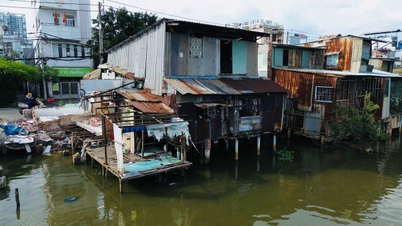















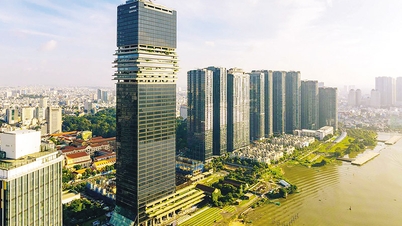

![[Photo] Parade to celebrate the 50th anniversary of Laos' National Day](/_next/image?url=https%3A%2F%2Fvphoto.vietnam.vn%2Fthumb%2F1200x675%2Fvietnam%2Fresource%2FIMAGE%2F2025%2F12%2F02%2F1764691918289_ndo_br_0-jpg.webp&w=3840&q=75)
![[Photo] Worshiping the Tuyet Son statue - a nearly 400-year-old treasure at Keo Pagoda](/_next/image?url=https%3A%2F%2Fvphoto.vietnam.vn%2Fthumb%2F1200x675%2Fvietnam%2Fresource%2FIMAGE%2F2025%2F12%2F02%2F1764679323086_ndo_br_tempimageomw0hi-4884-jpg.webp&w=3840&q=75)




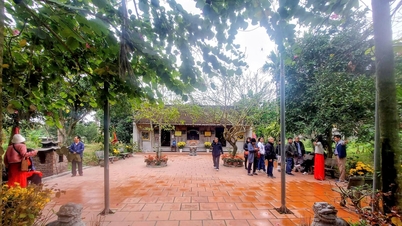













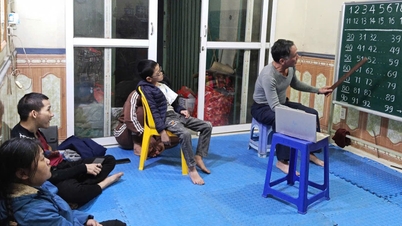




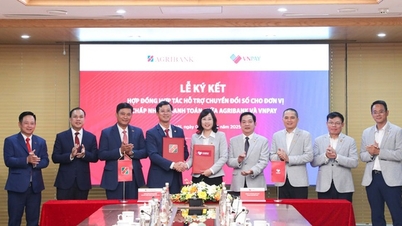



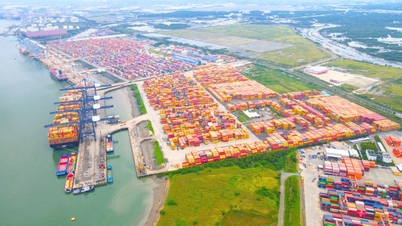

























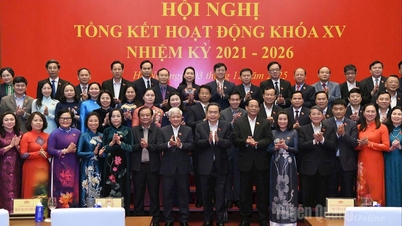
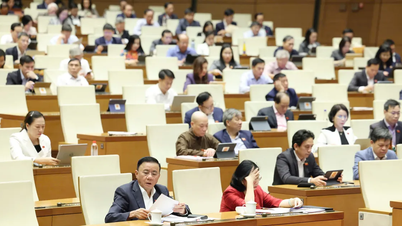


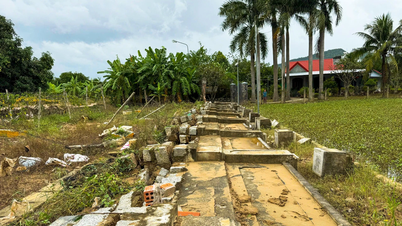













Comment (0)